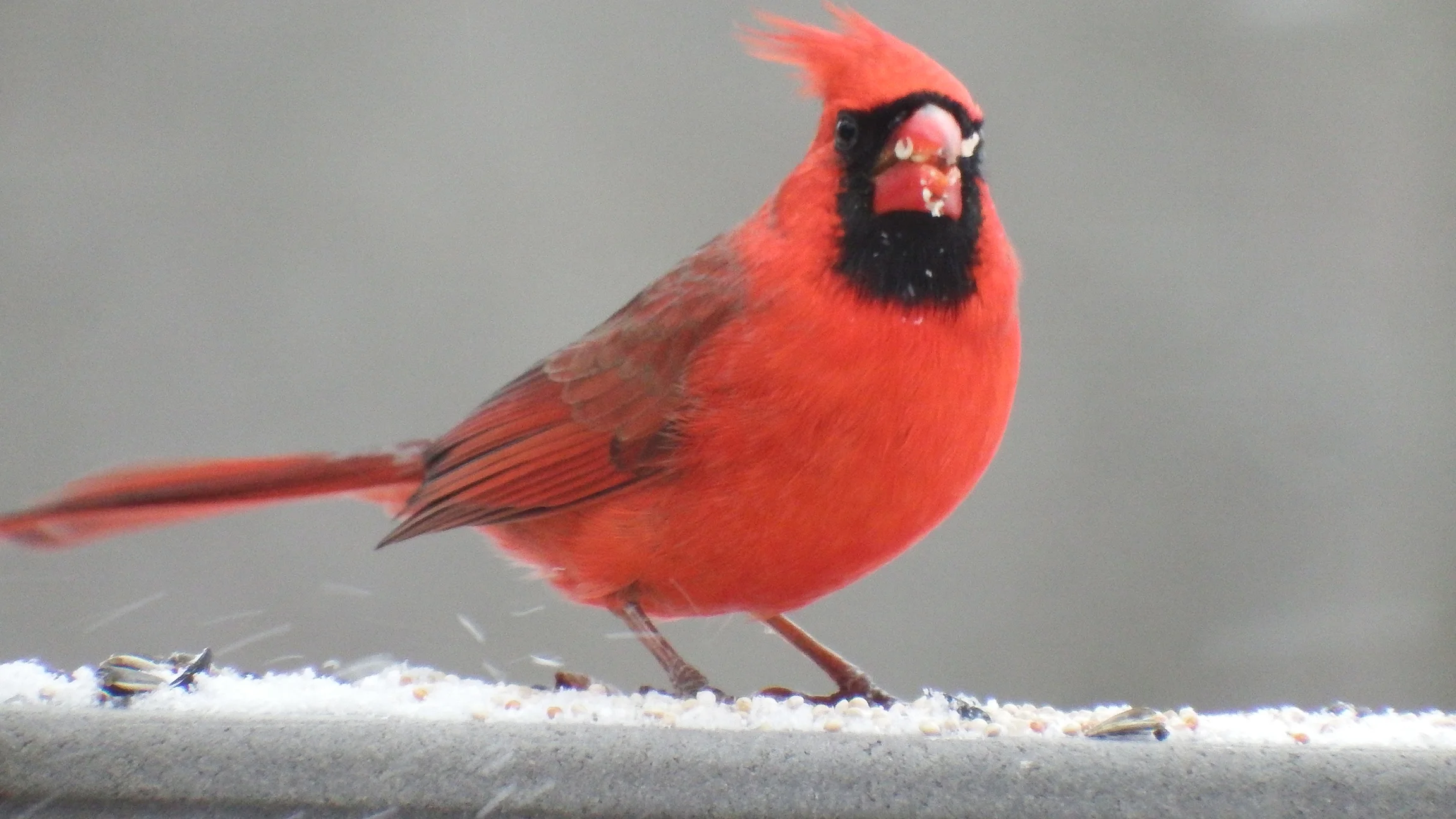Bob Duchesne offers his suggestions on the best binoculars for birding.
Read MoreSometimes with our woodlands, change is out of our control. That’s certainly the case when beavers are involved. A once dry forested area at Beauregard Woods turned into a wetland thanks to a group of industrious beavers. Then came the herons.
Read MoreBernd Heinrich tells the stories of the various animals he encounters in his woodland in Weld, Maine, including the surprise he had when he found a moose in his well.
Read MoreA wealth of information is packed into the 15 page booklet, “A Woodland Owner’s Guide to Forestry for Maine Birds.”. It spells out the differences between hardwood, softwood, and mixed-woods as they determine bird habitat preferences. It describes threats to forest songbirds. It uses 16 priority birds as bellwethers for the rest of the avian world.
Read MoreDon’t be too surprised if a birder wanders through the neighborhood this month. The annual Christmas Bird Count will put hundreds of Mainers out on the street over the last few weeks of the year, as it has for the past 118 years.
Read MoreAre you a birder or just a bird watcher? Take Bob Duchesne's quiz and find out.
Read MoreThe drumming of a grouse in the distance. A trailside tree peppered with rings of yellow bellied sapsucker pecking holes. The cry, like a squeaky wheel, of a black and white warbler as it flitted by. The forest at Pine Tree Camp in Rome was filled with bird trills last Saturday during the Women and Our Woods Outdoor Workshop.
Read MoreIt would be quiet if it weren’t for the ... almost non-stop “wuk wuk wuk” from three pileated woodpeckers. Their volume matches their large bodies. “ We have a resident pair as well as a third bird that’s spending the winter. Pileated woodpeckers have a 150- to 200-acre territory, so owners of smaller woodlots won’t have many pairs. It isn’t unusual to have more than one pair in winter, but come spring the visitors will be driven away if they don’t leave voluntarily.
Read MoreHibernation is underway in our woodlots. We can let the dogs out in the evening without worrying about them bumping into raccoons, skunks, porcupines and bears. Or can we?
Read MoreMost of Maine’s migrating songbirds will arrive at the beginning of May. Some can’t wait that long.
Read MoreIf you see a brown rabbit during the winter in Maine, it’s a New England Cottontail.
Read MoreWhen looking at tracks, a good way to start is deciding whether it is a canid (dog) or a felid (cat). A dog track will have . . .
Read MoreDoing a double-take is a natural reaction when seeing a piebald deer. The flash . . .
Read MoreAll male members of the deer family – deer, moose and caribou – have antlers. On occasion, females also grow antlers. I don’t know if it’s because social media makes it easy to pass around photos and information, or . . .
Read MoreHabitat. Without proper habitat, the wildlife we’d like to attract and keep won’t make our woodlot their home. Improving, creating, and maintaining habitat can be as simple as . . .
Read MoreSpring is here, and most people are excited to spend time outdoors again. Whether you're a gardener or a hiker, you can make a difference by noticing characteristics of the landscape around you while out in the great outdoors.
Read MoreSpring heralds the return of warm weather, colorful flowers, and wildlife.
Read MoreIf you have a nature-based hobby, Maine is a wonderful state for you. We’re home to thousands of acres of pristine woodlands and water sources, and many of our residents have them in their own backyards.
Read MoreCoyotes – they've been conjuring up scary images and fueling hunting expeditions for decades. Recent research suggests that coyotes are not only beneficial; they are necessary to our ecosystem.
Read MoreMaine residents usually enjoy nature to the hilt, as evidenced by the plethora of gardens and woodlands you’ll find in our state.
Read More




















